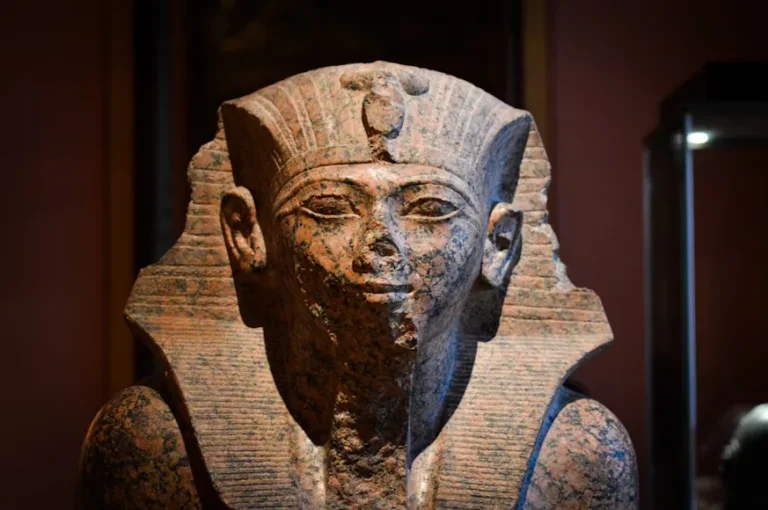Danish zoo’s call for pet donations to feed predators sparks global outcry
A Danish zoo has found itself at the centre of a heated global debate after reviving a long-running programme that allows the public to donate healthy small pets to be euthanised and used as food for carnivores.

Tiger at Aalborg Zoo/Ralf Skjerning/Wikimedia Commons
Aalborg Zoo recently reminded locals that they could hand over animals such as chickens, rabbits, and guinea pigs that need to be put down, rather than disposing of them elsewhere. The zoo argues this mimics the natural food chain and supports the well-being of its predators, according to The Guardian reports.
“That way, nothing goes to waste – and we ensure the natural behaviour, nutrition, and well-being of our predators,” the zoo stated in its now-comment-disabled social media post, explaining it had closed replies due to “hateful and malicious rhetoric.”
Divided reactions
The announcement drew fierce criticism online from those who saw the idea as devaluing pets. Others defended the zoo, pointing out that feeding carnivores requires animal matter.
“If you accept the fact that you have carnivores in human care, either as a pet or as a zoo, you will agree to the fact that you feed them animal matter. There is no other choice,” said Marcus Clauss, co-director of the Clinic for Zoo Animals, Exotic Pets and Wildlife at the University of Zurich. He added that the question then becomes: “Where do you source that animal product from?”
Clauss noted that while many accept unseen slaughterhouse meat as normal, killing an animal at a zoo makes the reality harder to ignore. “As long as it’s beef from the slaughterhouse, nobody sees it and nobody needs to think about it,” he said. “As soon as it’s an animal that is being killed at the zoo, it’s in everybody’s face.”
Cultural differences
Dan Ashe, president of the Association of Zoos and Aquariums, suggested that much of the outrage could stem from the zoo’s use of the word “pet.” While he said such a practice would be unexpected at US-accredited zoos, it wouldn’t necessarily breach accreditation rules.
“Carcass-feeding is a regular feature of what our members do when they are available, some of our members accept donations of road-killed deer or animals,” said Ashe, noting that some facilities have even hosted public events showcasing predator feeding.
Ethical concerns
Others, however, remain firmly opposed. “To me this was so far beyond the pale,” said Clifford Warwick, a UK-based consultant biologist and medical scientist. He questioned whether Aalborg Zoo could guarantee both humane euthanasia and meat safety for its predators and challenged the zoo’s “natural diet” claim.
“Lynx don’t eat guinea pigs. Where do they get guinea pigs from? Lynx would eat almost any small mammal, sure, but they can’t turn around and say that’s a natural behaviour,” Warwick said.
Warwick also criticised the message being sent at a time when animal shelters face overcrowding: “It further devalues the lives of pets … It’s a horrendous devaluation of animal life. Are you really happy saying, ‘OK, well, Rex or Bruno, the time has come; there’s a hungry lion at the local zoo. Bye, off you go.’”
Global perspectives on zoo feeding practices
According to Alessandro Di Marzio, science lead at Riga Zoo, cultural and legal differences heavily influence public opinion on how zoos source food for carnivores.
“Zoos are spread across a wide range of areas, so you’ll find places where certain techniques are considered acceptable and more or less normal for society, while in other areas they’re not,” he explained.
This cultural clash is not new. In 2014, Copenhagen Zoo faced global backlash after euthanising an 18-month-old giraffe to prevent inbreeding and feeding it to lions. Earlier this year, Nuremberg Zoo in Germany drew protests for culling six Guinea baboons due to overcrowding and feeding them to various predators.
Clauss believes the uproar serves a purpose: “The amazing thing is that we learn about these things because of zoos. And not because of what we do at the supermarket.”
Follow us on social media for more travel news, inspiration, and guides. You can also tag us to be featured.
TikTok | Instagram | Facebook | Twitter
ALSO READ: 74-million-year-old mammal fossil discovered in Chilean Patagonia
Moving to Kenya Watch this






